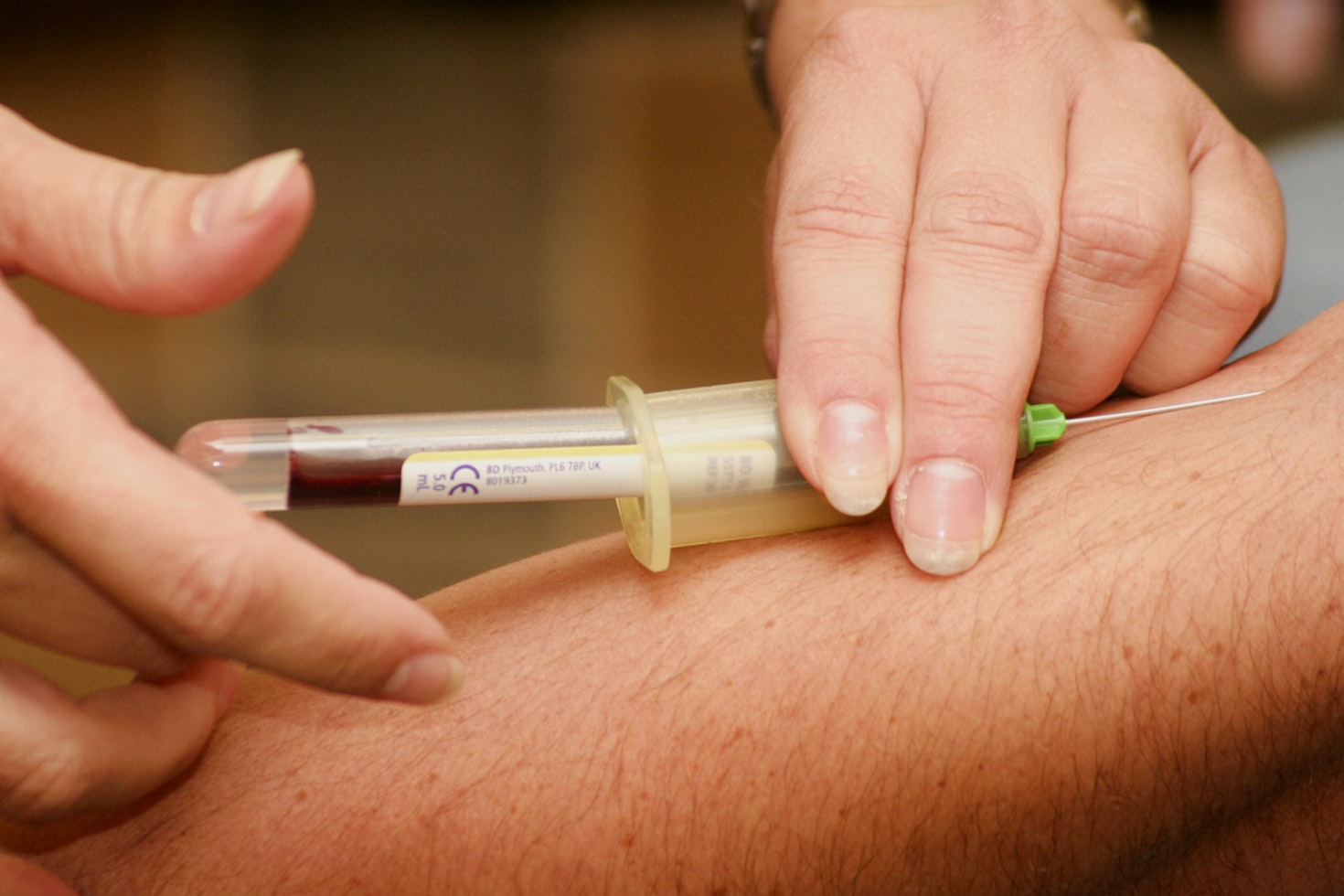The healthcare industry thrives on innovation. However, within this competitive landscape, some companies might be tempted to prioritize speed over safety. This pressure to get products to market could lead to shortcuts in critical areas like testing and quality control.
As a consequence, devices might be released with insufficient safety data or harbor hidden manufacturing flaws. It is the end consumer, you, who has to bear the brunt of the undisclosed, life-threatening side effects.
Behind all the glittering marketing and exaggerated claims, lies the harsh truth that not many consumers understand in the beginning. However, in today’s time, you cannot take anything at face value.
The situation is grim. In some severe cases, these faulty medical devices are taken off the shelves of medical stores for further investigation. Between 2018 and 2022, a significant number of recalled devices, over 13,000, were linked to 5,035 reported adverse events.
In this blog post, we will navigate this complex landscape of faulty devices and recalls, and the steps you can take to protect yourself.
Classification of Medical Device Recalls
Imagine you are a patient who relies on a medical device to maintain your health and well-being. You, too, are feeling ill, but, you are not paying much attention. Now, picture the unsettling scenario of discovering that your device has been recalled due to potential safety issues.
So, the side effects were serious indeed, but you got saved in time.
If a medical device company finds an issue with their product, they’ll either fix it (correction) or take it off the market completely (removal). The government agency, FDA, calls this a “recall”. This can happen if the device is faulty, dangerous, or both.
The U.S. Food and Drug Administration (FDA) utilizes a tiered classification system for medical device recalls. It is based on the level of potential patient risk associated with the device.
Class I Recalls (Highest Risk): These recalls are issued for devices with a high chance of causing serious adverse health consequences or death. This category encompasses devices with critical design flaws, malfunction risks, or potential for material incompatibility within the body.
Class II Recalls (Moderate Risk): This classification applies to devices that may cause temporary or reversible health problems. Examples include devices with software glitches that affect functionality, minor manufacturing defects, or labeling errors that could lead to misuse.
Class III Recalls (Lowest Risk): These recalls involve devices with a low probability of causing harm. This category might include devices with minor labeling discrepancies or packaging issues that do not directly impact functionality or patient safety.
This risk-based classification system prioritizes patient safety. It ensures that the most concerning devices are addressed with the greatest urgency.
Notification Process After Recalls
Upon initiation of a medical device recall, a communication cascade is triggered. The FDA can enforce this cascade, or it can be started by the producer voluntarily.
The primary objective is to disseminate critical information regarding the recall to all relevant stakeholders within the healthcare system. The FDA posts recall information on its public database, empowering patients to stay informed and proactive in managing their health.
During a recall, healthcare providers transition into critical patient safety advocates. This entails proactively identifying patients implanted with the recalled device through electronic health record (EHR) review.
Once identified, providers should initiate direct communication with these patients, outlining the specific nature of the recall and potential risks associated with continued use. Customizing this message by the patient’s medical history and current health condition is of utmost importance.
Furthermore, healthcare providers should collaborate with specialists as necessary to explore alternative treatment options or device replacements.
Assessing the Risks of a Recalled Device
When a medical device you rely on is recalled, it’s natural to feel concerned and uncertain about what to do next. The first step is to know about the cause of the recall.
Was it due to a manufacturing defect, a design flaw, or a potential safety hazard? Understanding the root cause can help you gauge the potential complications and risks associated with continuing to use the device.
A full risk-benefit analysis can be performed in consultation with your healthcare professional. This evaluation will consider the specific technical details of the recall, your unique medical history, and your current treatment plan.
This collaborative approach ensures informed decision-making regarding continued use, alternative treatment options, or potential device replacement. Together, you can identify whether alternative treatment options or device replacements are necessary.
Continuing to use a recalled device introduces the potential for unforeseen complications. A comprehensive risk-benefit analysis, weighing potential device malfunctions against your specific medical needs, is crucial.
Speak with your doctor about any other treatment options or the potential for switching out your device for a safer one.
A Real-Life Example: Bard PowerPort Recall
The Bard PowerPort is a widely used implantable catheter for delivering chemotherapy and other treatments. At launch, Bard’s catheter device boasted a flawless safety record. Marketing painted the PowerPort as an effective and risk-free solution, lulling both healthcare providers and patients into a sense of security.
However, recent years have brought a wave of disturbing reports detailing complications linked to device failure. TorHoerman Law highlights the severity of these injuries, including catheter breakage and movement within the body, puncture of arteries, blood clotting (DVT), strokes, and even collapsed lungs.
Adding fuel to the fire are unearthed internal documents suggesting the company was aware of these potential risks beforehand. The core argument of the Bard PowerPort lawsuit hinges on the claim that the defendant prioritized profits over patient safety.
In March of 2020, the U.S. Food and Drug Administration (FDA) issued a Class 2 recall targeting three specific Bard PowerPort models. The company discovered that some devices might contain an incorrect tunneler component.
This tunneler, designed to connect with a specific type of catheter, could have the wrong-sized barb tip attached. This error could lead to procedures taking longer than anticipated.
Patients who had received the recalled PowerPort devices faced the daunting task of deciding whether to undergo a potentially risky removal surgery. The recall underscored the importance of close monitoring and communication between patients and their healthcare providers.
Promoting Patient Safety: Lessons from Medical Device Recalls
Recent high-profile recalls, like the Bard PowerPort case, expose critical vulnerabilities in the medical device industry. Here’s how we can move forward and prioritize patient safety:
Strengthening the Gatekeepers
The regulatory bodies must implement stricter safety and efficacy testing procedures before devices hit the market. This crucial step can prevent problems before they impact patients.
Continuous Monitoring
There is an urgent need to establish robust systems to track device performance after they’re released. Early detection of potential issues minimizes patient harm.
Open Communication
All parties involved—manufacturers, healthcare providers, and patients— deserve prompt and transparent communication during device failures or safety concerns. Manufacturers must publicly share data on device performance and adverse events.
Optimizing the Recall Process
Regulatory bodies, like the FDA, need to regularly analyze the recall process and identify areas for improvement. They can collaborate with stakeholders to streamline procedures and ensure efficient communication during recalls.
Medical device recalls, while unsettling, can be an opportunity to strengthen the healthcare system. By demanding stricter regulations, prioritizing communication, and actively monitoring device performance, we can create a future where innovation serves patient safety.
Empowered with knowledge and a proactive approach, you can become a partner in safeguarding your well-being. Remember, informed patients are better equipped to navigate the complexities of medical care and make choices that prioritize their health.




